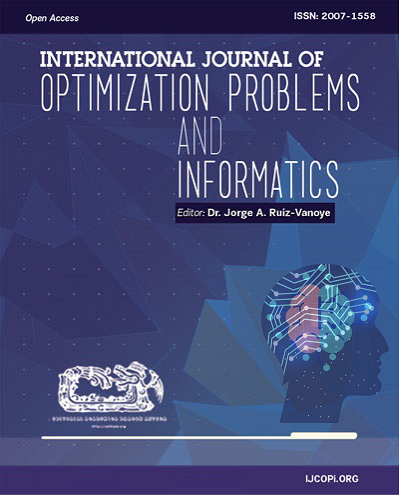Empirical study of editing sampling on deep learning hidden layers space to classify imbalanced hyperspectral remote sensing images
DOI:
https://doi.org/10.61467/2007.1558.2025.v16i3.846Keywords:
Deep Learning, Satellite images, Multilayer perceptron, k-Nearest NeighborsAbstract
This study explores an approach involving the adaptation of data sampling techniques within the hidden feature space of deep neural networks. By modifying traditional prototype selection and cleaning methods, our methodology eliminates noisy samples and condenses the data into representative points, thereby enhancing class separation and improving generalisation. A nearest-neighbours search in the hidden space enables more refined sample selection. Comprehensive experiments on four multi-class imbalanced hyperspectral datasets (Indian Pines, Salinas, PaviaU, and Pavia) demonstrated that combining over-sampling in the spectral space with editing in the hidden feature space outperforms conventional sampling methods. The best results were achieved with configurations such as ROS-TL-H2 and ROS-ENN-H3, which consistently yielded g-mean values above 0.90, showcasing the effectiveness of hidden-space editing. This strategy effectively balances class distributions while preserving informative samples, thereby improving classification performance and model robustness. Despite the increased computational complexity, the benefits justify its adoption in challenging scenarios involving class imbalance. The findings suggest that this approach may be particularly valuable for remote sensing and other highly imbalanced data classification tasks.
Downloads
Published
How to Cite
Issue
Section
License
Copyright (c) 2025 International Journal of Combinatorial Optimization Problems and Informatics

This work is licensed under a Creative Commons Attribution-NonCommercial-NoDerivatives 4.0 International License.





